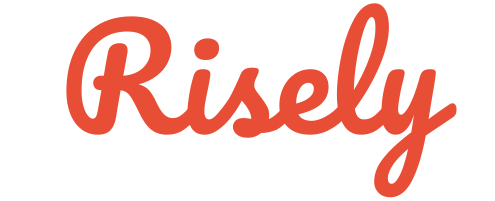Building Empathetic Managers with Loren Sanders
Empathetic managers are the need of the hour as organizations are undergoing major changes including the introduction of AI into workflows and the threat it poses to jobs. As most employees figure things out with a fresh approach, they need a helping hand. But, for most of us, being empathetic at work is seen as a sign of weakness. Just think – what does a good manager look like? Even the hypothetical image is expected to be strong. In this podcast, Ashish is joined by Loren Sanders, the author of Empathy is Not a Weakness, to talk about the role that being empathetic can play for a manager. We dive deeper into:- What is empathy in the workplace, and what impact can it have on organizations?
- How is the importance of empathy evolving in the workplace, especially given the increasing burnout, generational differences, and changes in work environments?
- How can organizations train and support managers to be more empathetic, and what actions can they take to build an empathetic culture?
Watch Now
Meet the Speaker!
Loren Sanders is a leadership & development consultant with two decades of leadership experience in the HR and Talent Management space and more than half in the Fortune 4 and authored ‘Empathy is Not a Weakness and Other Stories from the Edge.’
Connect with Loren: LinkedIn
Empathetic Managers are Not Weak Managers!
- Empathy is crucial for a positive workplace culture. It is the ability to understand and share the perspectives of others, and involves recognizing their emotions, challenges, and perspectives. It’s an active skill that enhances communication, collaboration, and overall workplace culture.
- Empathetic leadership combats burnout. Burnout is rising, and empathetic leadership is critical in mitigating exhaustion, anxiety, and disengagement by addressing the emotional and psychological needs of teams.
- The next generation values empathy. The newer generation of workers places a strong emphasis on work-life balance and emotional well-being. They are more likely to stay with a company when treated with care and when their leaders listen to their concerns.
- Trust is a cornerstone of empathy. When there is a lack of trust, empathy cannot exist in a relationship.
- Empathetic managers listen first and focus on solutions. They listen to understand the emotions behind words, tailor their approach to individual needs, and provide feedback that is solution-oriented rather than punitive.
- Empathy is a strategic advantage, not a soft skill. It improves productivity, business outcomes, and employee well-being.
- Organizations should embed empathy into leadership development programs. Empathy should be a core competency that is integrated throughout leadership training. Additionally, organizations should provide empathy coaching and 360-degree feedback with an empathy lens.
- Technology, especially AI, has a role in practicing empathy. Platforms can provide a safe space for managers to practice empathetic conversations and receive feedback
Meet the Host!
Ashish is an entrepreneur tackling workplace development challenges through Risely, an AI copilot that helps managers and leaders build essential people skills.
Drawing on his experience in technology and organizational behavior, he’s passionate about creating scalable solutions that transform how companies develop their talent. His mission is to empower leaders to build thriving teams and sustainable organizational success.
Connect: LinkedIn
Grab free assessments to support you on the leadership journey!
Explore your capabilities in 30+ core and advanced leadership areas with Risely’s suite of assessments.
